Bacillus toyonensis– Colony 4A
Bacillus toyonensis, strain BCT-7112, is a gram-positive bioflocculant-producing bacteria, originally isolated by Kunle Okaiyeto and colleagues, found in sediment collected from the Eastern Cape Province of South Africa. Bacillus toyonensis produces spores that are commonly used in animal nutrition worldwide.
References:
Okaiyeto O, Uchechukwu UN, Leonard MV, Okoh AI. 2015. Bacillus toyonensis strain AEMREG6, a Bacterium Isolated from South African Marine Environment Sediment Samples Produces a Glycoprotein Bioflocculant. Molecules [Internet]. [cited 3 Feb 2017]; (20).
Date Collected: February 9, 2017
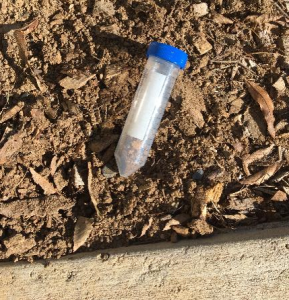
Figure 1. Area where asphalt soil sample was taken.
Methods for isolation and identification
- 0.5 grams of soil were collected from beside the sidewalk at the Environmental Education Center (Figure 3). This soil was then diluted with 50mL of sterile water and vortexed until it was a liquid. Five milliliters of the sample were then spread across a sterile LB agar plate. Once done, the plate was incubated for sixteen hours at 37 degrees Celsius.
- A creamy yellow colony was taken for 16S rRNA gene sequencing using PCR amplification.
- The product of the PCR amplification was then digested with MSPI in order to classify the genus and species of the bacteria.
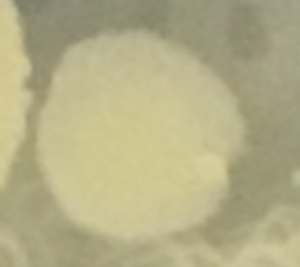
Figure 2. Bacterial sample
from soil near asphalt.
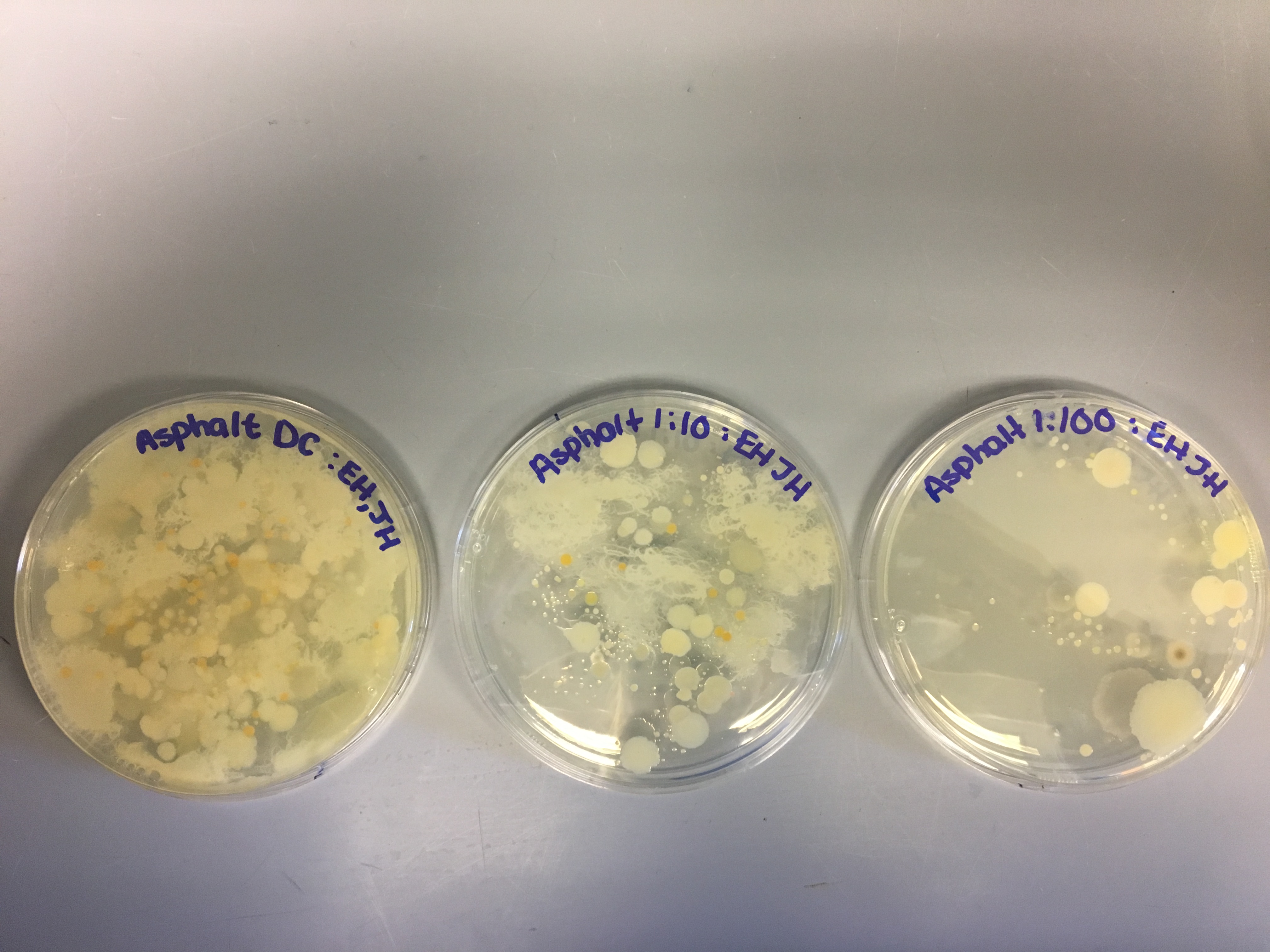
Figure 3. Plated bacteria
Results:
Gel Electrophoresis: The PCR amplified a 1,500 bp product. After MSPI digestion (Figure 3), four bands were identified at approximately 150 bp, 400 bp, and 600 bp.
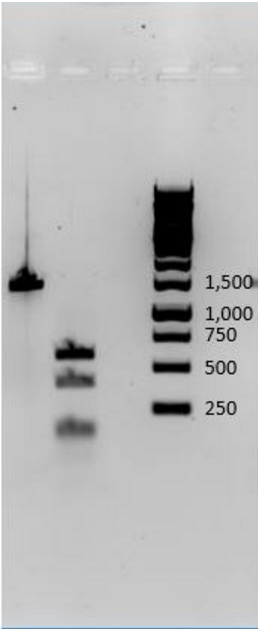
Figure 4. Results of gel electrophoresis
Sequence Analysis: The PCR product resulted in 794 high-quality base pairs (Figure 5), that were used to identify both the genus and the species of our colony. The full sequence can be found in the
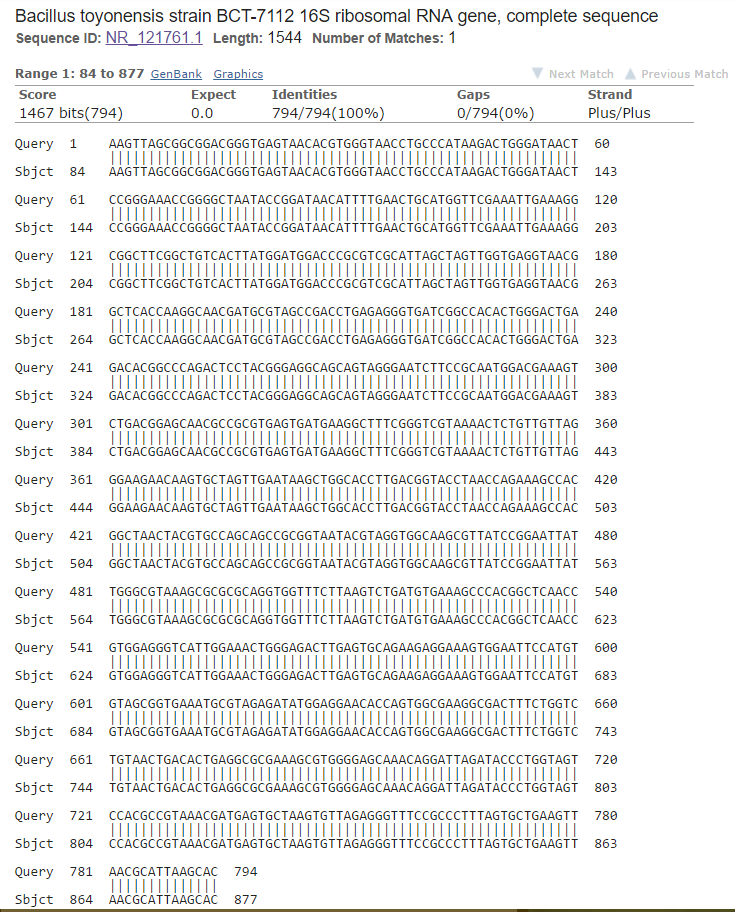
Figure 5. Blast DNA sequence of 16S ribosomal RNA gene
Contributed by: Emily Humphries and Jonah Hottinger, BIOL 250 Spring 2017, Group 4